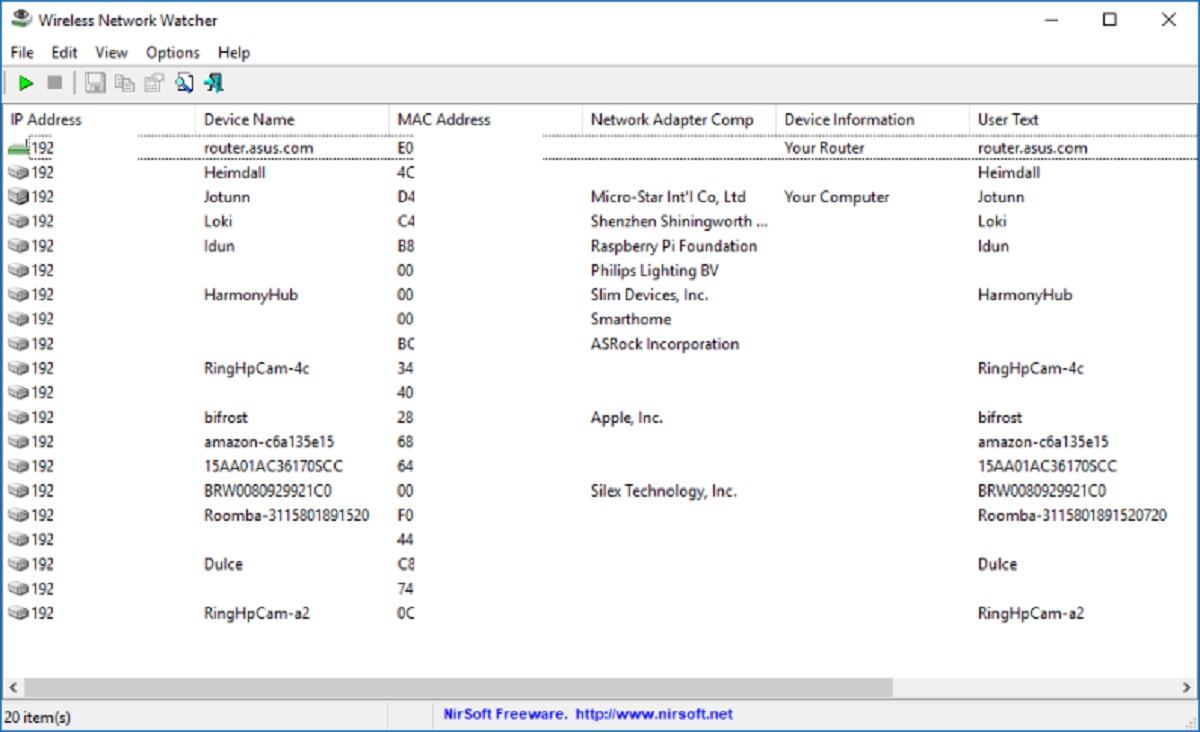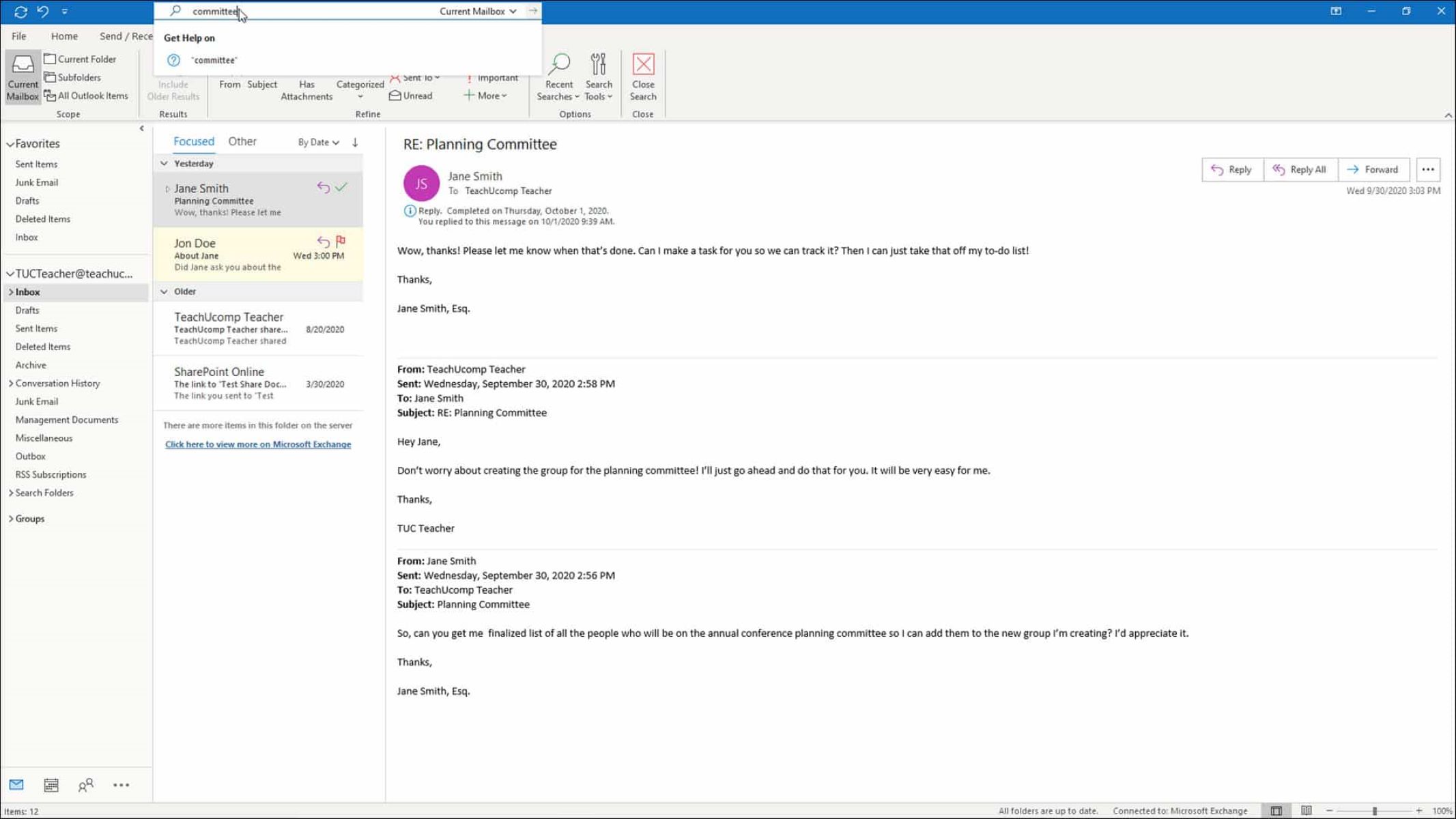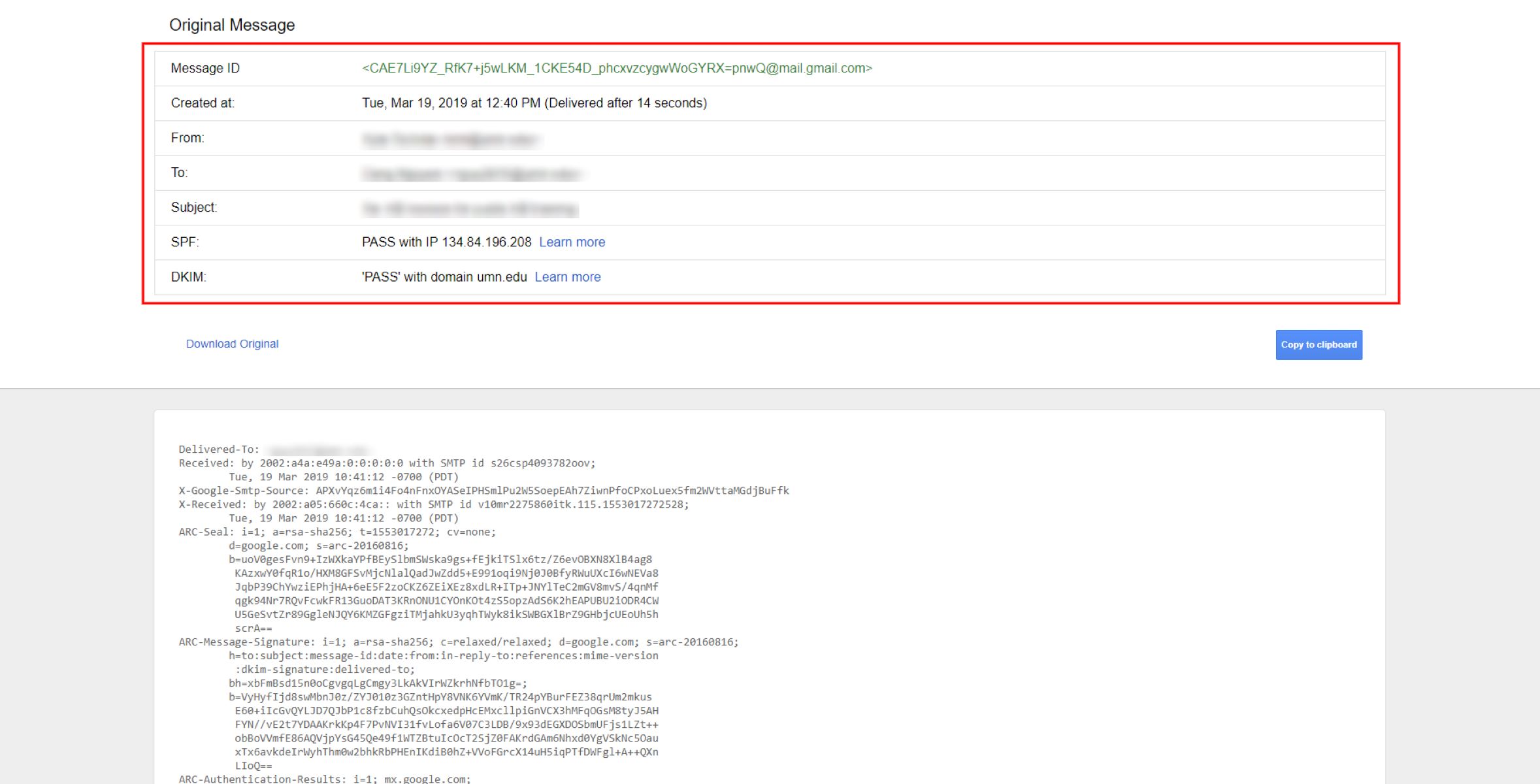Why do you need to detect the client’s browser name?
When developing a website or web application, it is essential to consider the compatibility and user experience across different browsers. Each browser has its own rendering engine, supported features, and performance characteristics. Therefore, detecting the client’s browser name becomes crucial in order to provide the best possible experience for all users.
One of the main reasons to detect the client’s browser name is to ensure that your website or web application is properly displayed and functions correctly across different browsers. While all modern browsers follow web standards, there can still be variations or differences in the way certain HTML, CSS, or JavaScript features are interpreted.
By knowing the client’s browser name, you can tailor your website’s design and functionality accordingly. You may need to apply specific CSS styles or use JavaScript polyfills to account for browser-specific behaviors or lack of support for certain features. This helps to enhance the user experience and ensures that your website functions as intended for all visitors.
Another reason to detect the client’s browser name is to gather browser-specific analytics. By tracking the browser usage of your visitors, you can understand which browsers are most popular among your audience. This information can be valuable for making informed decisions when it comes to optimizing your website’s performance, compatibility, and feature support.
Additionally, detecting the client’s browser name can help in providing targeted support or troubleshooting. If a user reports an issue or bug, knowing their browser name can help to narrow down the potential causes. It allows developers to focus their efforts on testing and fixing issues specific to certain browsers, ultimately improving the overall quality and reliability of the website or web application.
In summary, detecting the client’s browser name is essential for ensuring a consistent and optimal user experience across different browsers, gathering browser-specific analytics, and enabling targeted support and troubleshooting. By understanding the client’s browser, you can address compatibility issues, optimize performance, and provide the best possible user experience for all visitors to your website or web application.
Detecting the browser name using the User-Agent header
One of the common ways to detect the client’s browser name is by analyzing the User-Agent header sent by the client’s browser in the HTTP request. The User-Agent header contains information about the browser, operating system, and device being used to access the website or web application.
To extract the browser name from the User-Agent header, you can use server-side programming languages like PHP, Python, or Ruby. These languages provide built-in functions or libraries that enable you to parse the User-Agent header and extract relevant information.
For example, in PHP, you can access the User-Agent header using the $_SERVER['HTTP_USER_AGENT'] variable. By parsing this string, you can identify the client’s browser name by looking for specific keywords or patterns. For instance, if the User-Agent string contains the word “Chrome,” you can infer that the user is using the Google Chrome browser.
It’s important to note that the User-Agent string can vary depending on the browser and version being used. Therefore, it’s a good practice to use regular expressions or pre-defined patterns to handle different browser User-Agent strings effectively.
JavaScript can also be used to detect the browser name on the client-side. The navigator.userAgent property provides access to the User-Agent string in JavaScript. By analyzing this string, you can determine the client’s browser name without relying on server-side code. However, keep in mind that JavaScript-based detection may not be as reliable as server-side detection, as users can modify or spoof their User-Agent string.
It’s worth mentioning that a more modern approach to detecting browser capabilities is to use feature detection instead of browser detection. This involves checking for the support of specific features or APIs rather than relying solely on the browser name. Feature detection ensures compatibility across different browsers, even if they have different names or versions.
To conclude, analyzing the User-Agent header is a popular method to detect the client’s browser name. This technique can be implemented using server-side languages like PHP or JavaScript on the client-side. However, it’s important to be aware of the limitations and potential variations in the User-Agent header, as well as considering modern approaches such as feature detection for a more robust and future-proof solution.
Using JavaScript to detect the client’s browser name
JavaScript provides a convenient way to detect the client’s browser name directly on the client-side. By utilizing the navigator object and its properties, you can extract information about the user’s browser without relying on server-side code.
The navigator.userAgent property holds the User-Agent string, which contains details about the browser, operating system, and device. You can access this property to determine the client’s browser name.
For example, to detect if the user is using Google Chrome, you can write JavaScript code like this:
javascript
if (navigator.userAgent.includes(“Chrome”)) {
console.log(“User is using Google Chrome”);
}
Similarly, you can use conditional statements or regular expressions to detect other popular browsers like Firefox, Safari, or Edge.
javascript
if (navigator.userAgent.includes(“Firefox”)) {
console.log(“User is using Firefox”);
}
if (navigator.userAgent.includes(“Safari”)) {
console.log(“User is using Safari”);
}
if (navigator.userAgent.includes(“Edge”)) {
console.log(“User is using Microsoft Edge”);
}
It’s important to note that the navigator object and the navigator.userAgent property are not foolproof methods for detecting the browser name. Users can modify or spoof their User-Agent string, leading to inaccurate results.
In addition to the User-Agent string, JavaScript provides other properties in the navigator object that can give you more specific information about the client’s browser. For example, the navigator.vendor property returns the browser’s vendor information, such as “Google Inc” for Chrome, “Mozilla Foundation” for Firefox, or “Apple Inc” for Safari.
Another useful property is navigator.appName, which returns the name of the browser application. However, note that this property may not always return the actual browser name; instead, it can sometimes return “Netscape” for historical reasons.
Overall, using JavaScript to detect the client’s browser name provides a quick and accessible solution on the client-side. However, it’s important to understand its limitations and potential inaccuracies due to user modification or spoofing of the User-Agent string. Consider utilizing server-side methods or feature detection for a more reliable and comprehensive browser detection approach.
Using server-side languages to detect the client’s browser name
Server-side languages like PHP, Python, or Ruby provide powerful tools to detect the client’s browser name by analyzing the User-Agent header sent in the HTTP request. This method allows for more reliable and accurate browser detection compared to client-side JavaScript.
In PHP, you can access the User-Agent header using the $_SERVER['HTTP_USER_AGENT'] variable. By extracting the User-Agent string, you can use various techniques to determine the client’s browser name.
One approach is to use conditional statements or pattern matching to check for specific keywords or patterns in the User-Agent string. For example, you can use the strpos() function to check if the User-Agent string contains the word “Chrome”, indicating that the user is using the Google Chrome browser:
php
$userAgent = $_SERVER[‘HTTP_USER_AGENT’];
if (strpos($userAgent, ‘Chrome’) !== false) {
echo “User is using Google Chrome”;
}
Similarly, you can detect other popular browsers like Firefox, Safari, or Edge by searching for their respective keywords in the User-Agent string.
Another method to detect the client’s browser name is to use pre-built libraries or functions specifically designed for browser detection. These libraries often come with more advanced parsing and pattern matching capabilities, making the process easier and more reliable. For example, in Python, you can use the user_agents library to extract detailed browser information:
python
from user_agents import parse
user_agent_string = request.headers.get(‘User-Agent’)
user_agent = parse(user_agent_string)
browser_name = user_agent.browser.family
if browser_name == ‘Chrome’:
print(“User is using Google Chrome”)
Additionally, server-side languages offer the advantage of being able to store and analyze browser usage statistics over time. By tracking and analyzing the browser information of your website’s visitors, you can make informed decisions and optimizations based on the most commonly used browsers among your audience.
It’s important to note that while server-side methods provide more accurate results, they rely on the User-Agent header, which can be modified or spoofed by the client. Therefore, it’s essential to consider additional validation and verification techniques to ensure the reliability of the browser detection process.
Overall, using server-side languages to detect the client’s browser name offers a more robust and reliable approach compared to client-side JavaScript. With the ability to analyze the User-Agent header and employ advanced pattern matching techniques, server-side methods provide accurate results for browser detection.
Considerations when detecting the client’s browser name
When detecting the client’s browser name, it’s important to consider a few key considerations to ensure reliable and accurate results. Understanding these considerations will help you make informed decisions and implement effective browser detection strategies.
Firstly, it’s crucial to be aware of the limitations and potential inconsistencies in the User-Agent header. The User-Agent string can vary in format and content across different browsers and versions. Some browsers may include additional information or customized strings, while others may lack certain details. This can make parsing and pattern matching the User-Agent string more challenging and increase the risk of inaccuracies.
Additionally, keep in mind that users can modify or spoof their User-Agent string. This can be done through browser settings or by using browser extensions specifically designed to alter the User-Agent information. This means that relying solely on the User-Agent header for browser detection may not always provide reliable results. Consider using additional validation methods or combining browser detection techniques for more robust detection.
Another consideration is the need to regularly update your browser detection logic. Browsers are constantly evolving, with new versions and features being released regularly. This can lead to changes in the User-Agent string or behavior of different browsers. It’s important to stay up-to-date with these changes to ensure accurate detection across current and upcoming browser versions.
Avoid relying solely on browser detection for feature support. Instead, consider using feature detection techniques to determine if a specific browser supports a particular feature or API. Feature detection is a more future-proof and reliable approach because it focuses on capabilities rather than relying on browser name or version. This ensures compatibility across different browsers and reduces the need for frequent updates to browser detection logic.
Lastly, consider the performance impact of browser detection on your website or web application. Parsing and analyzing the User-Agent header can add processing overhead, especially if performed on every request. To optimize performance, cache the browser name information for repeat requests from the same client or consider other techniques such as lazy loading or deferred execution of browser detection code.
In summary, when detecting the client’s browser name, it’s essential to be aware of the User-Agent header’s limitations and potential inconsistencies. Consider using additional validation methods and combining browser detection techniques for more reliable results. Stay updated with browser changes and consider using feature detection techniques for future-proof compatibility. Lastly, optimize performance by caching browser information or employing performance optimization techniques.
Conclusion
Detecting the client’s browser name is crucial for ensuring compatibility, providing targeted support, and optimizing the user experience on your website or web application. By knowing the client’s browser name, you can tailor your design, functionality, and troubleshooting efforts to specific browsers.
There are several methods available to detect the client’s browser name. Analyzing the User-Agent header using server-side languages like PHP, Python, or Ruby allows for reliable and accurate detection. JavaScript can also be used on the client-side to directly access the navigator object and extract browser information. However, it’s important to be aware of the limitations and potential inconsistencies in the User-Agent header, as well as the possibility of user modification or spoofing.
When implementing browser detection, consider the various considerations to ensure reliable results. Stay updated with browser changes, use additional validation methods, and consider using feature detection instead of relying solely on browser name detection. Also, optimize performance by caching browser information and employing performance optimization techniques.
Ultimately, by effectively detecting the client’s browser name, you can provide a seamless and optimized user experience across different browsers, gather valuable analytics, and address browser-specific issues. Understanding the browser landscape and implementing appropriate browser detection strategies will contribute to the success of your website or web application.

























